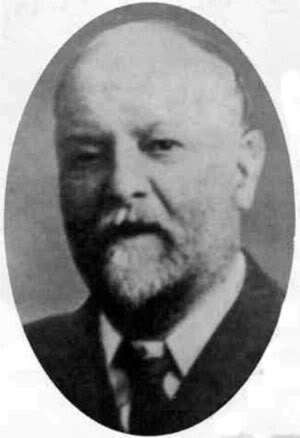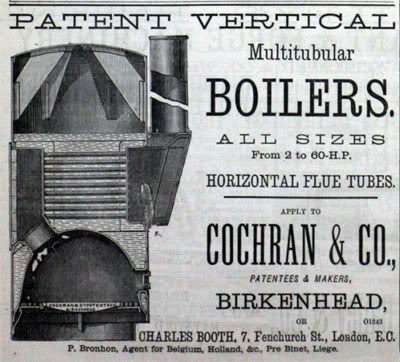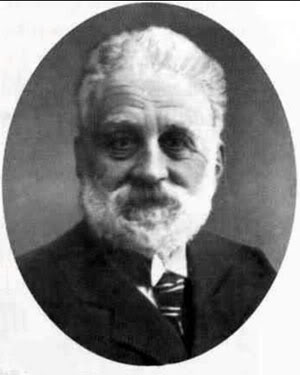James Taylor Cochran and Edward Crompton



Left to right, James Taylor Cochran, active 1880-1890's established Cochran & Co in Birkenhead in 1878, Edward Compton, active 1880-1902, Invented the Cochran Boiler and co-founder of the Company, courtesy CIBSE Heritage Group





